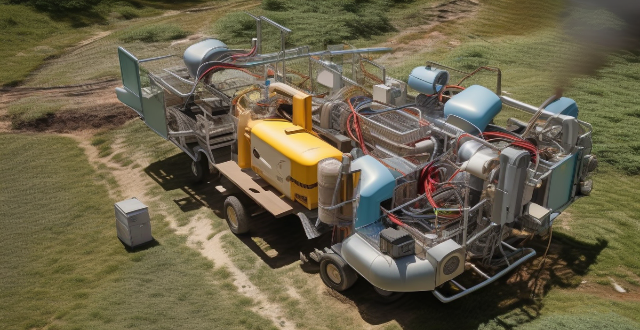Arc flash and arc blast are both hazardous electrical phenomena that can occur in industrial environments. The primary difference between the two lies in the amount of energy released during the event, with arc blast being more severe due to its explosive nature. Proper safety measures and equipment maintenance are essential for preventing both types of events and minimizing their impact on personnel and equipment.

What is the Difference Between Arc Flash and Arc Blast?
Introduction
Arc flash and arc blast are both hazardous electrical phenomena that can occur in industrial environments. While they share some similarities, there are also key differences between the two. In this article, we will explore the differences between arc flash and arc blast.
Definitions
Arc Flash
Arc flash is an electrical event that occurs when a current-carrying conductor is exposed to a short circuit or other fault condition. This results in the rapid release of energy in the form of heat, light, and sound. The intensity of the arc flash depends on several factors, including the voltage, current, and distance between conductors.
Arc Blast
Arc blast, also known as an electrical explosion, is a more severe form of arc flash. It occurs when the energy released during an arc flash is sufficient to cause a physical explosion. This can result in significant damage to equipment and surrounding structures, as well as injuries to personnel.
Key Differences
Energy Release
The primary difference between arc flash and arc blast lies in the amount of energy released during the event. Arc flash releases energy in the form of heat, light, and sound, while arc blast releases energy in the form of a physical explosion.
Severity
Arc blast is generally considered to be more severe than arc flash due to the potential for physical damage and injury. The explosive nature of an arc blast can cause significant structural damage and pose a greater risk to personnel working nearby.
Prevention and Mitigation
While both arc flash and arc blast can be prevented through proper safety measures and equipment maintenance, the severity of an arc blast requires additional precautions. These may include the use of specialized protective equipment, such as explosion-proof enclosures or remote operation systems, to minimize the risk of harm to personnel.
Conclusion
In conclusion, while arc flash and arc blast share some similarities, there are key differences between the two phenomena. Arc flash releases energy in the form of heat, light, and sound, while arc blast results in a physical explosion. Arc blast is generally considered to be more severe than arc flash due to the potential for physical damage and injury. Proper safety measures and equipment maintenance are essential for preventing both types of events and minimizing their impact on personnel and equipment.